
A row over housing figures will come to a head next week as both sides battle over targets that should be set for the Isle of Wight in the next 15 years.
As the draft Island Planning Strategy (DIPS) finally comes before full council — after a year of discussions and extensive public consultation — councillors will make the decision about what happens next.
It would not be the final approval of the plan as more consultation and scrutiny from the government are expected before it could be adopted but the current version has split councillors.
In papers going to full council, it is said cabinet recognises not all councillors agree with all aspects of the plan, and it “may not be perfect”, but it gives the council the best opportunity to get a sound and pragmatic plan in place as quickly as possible.
Opposing the DIPS is cabinet member for strategic finance and transformational change, Cllr Chris Jarman who has put forward a motion which objects to the use of ‘outdated data’ in the plan.
The current figures in the DIPS are based on 2014 predictions, whereas Cllr Jarman and his supporters view this as not accurate and say the council should use data published by the Office for National Statistics (ONS) in the 2021 census and use projections from that.
Cllr Jarman’s motion asks that the annual housing need be recalculated and those figures replace the current ones, with particular emphasis put on the need for housing which is ‘affordable by Islanders’ to rent.
His motion is also calling for extant planning permissions to be completed; unoccupied properties to be renovated; brownfield site housing to be delivered and housing allocations on greenfield sites to be removed.
The council report says it is the view of the “professional planning officers” that such an approach is unlikely to be successful, given the guidance available and extra scrutiny the DIPS would then face.
These are the reasons the council gives for using 2014 figures:
- Government guidance expects authorities to follow the standard method for assessing local need, which uses the 2014 projections, and is based on household numbers, not population figures
- The 2021 census data shows the number of Island households increased by 3,700 in ten years compared to a population growth of 2,100 people so more houses are needed and are influenced by factors like divorce and children moving out of family homes
- If the 2021 census data is used to establish a housing figure, it would mean arguing ‘exceptional circumstances’ so the plan would face a greater level of scrutiny from the Planning Inspectorate and would have a greater chance of being found ‘unsound’
- Changing the data would mean a further delay between 12 and 18 months, while an evidence base is created and the draft reworked, and would also delay other important planning documents, like the waste and minerals strategy which would set policies for the Island on how to deal with fracking and oil exploration applications
- During the delay the council may be subject to further ‘unacceptable’ planning applications which would have to be determined under the tilted balance — which puts the council in a ‘weaker position’ through imposed government sanctions for not hitting the housing targets
- Officers view the current approach — assembling a robust evidence base that demonstrates why the government’s housing target is not deliverable on the Island — has a greater likelihood of success when it reaches the Planning Inspectorate.
- The council’s proposed housing figure of 479 is based upon strong evidence as to why that can be delivered and is considered to be compliant with government guidance
- A housing need based on 70 houses per year would prevent housing being approved and relies on existing planning permissions, empty properties and second/holiday homes to meet all affordable housing needs would be ‘extremely unlikely’ to provide much ‘Island affordable’ housing.
If full council agrees to publish the plan at its October 5 meeting, a further consultation period will start.


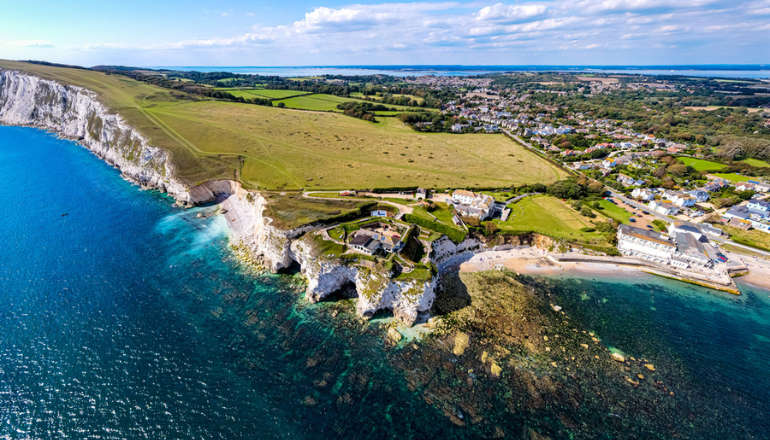 Five-Year Isle Of Wight Area Of Outstanding Natural Beauty Plan Unanimously Approved
Five-Year Isle Of Wight Area Of Outstanding Natural Beauty Plan Unanimously Approved
 More Islanders Cross The Solent With Wightlink’s Discounted Fares For NHS Appointments
More Islanders Cross The Solent With Wightlink’s Discounted Fares For NHS Appointments
 Hampshire And Isle Of Wight Air Ambulance Funds Defibrillators For The Community
Hampshire And Isle Of Wight Air Ambulance Funds Defibrillators For The Community
 Isle Of Wight Council Budget Pressures Likely To Continue Following Autumn Statement
Isle Of Wight Council Budget Pressures Likely To Continue Following Autumn Statement
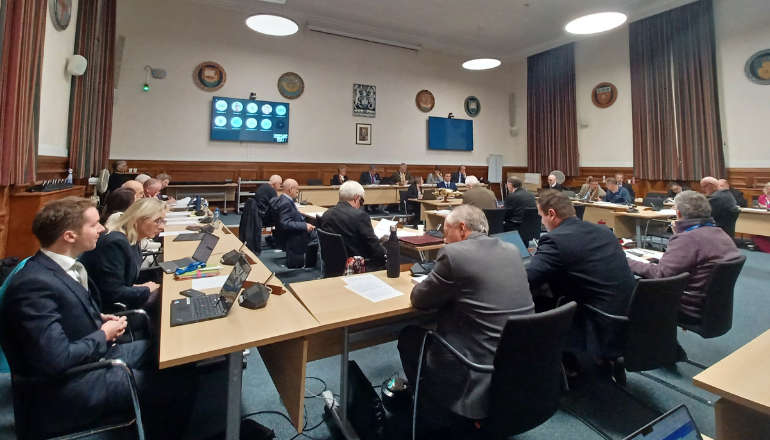 Council Approves Support Package To Help Islanders On Low Incomes
Council Approves Support Package To Help Islanders On Low Incomes
 Isle Of Wight Councillor In Mental Health Priority Motion
Isle Of Wight Councillor In Mental Health Priority Motion
 Bird Keepers Urged To Remain Vigilant Following Increased Avian Influenza Risk
Bird Keepers Urged To Remain Vigilant Following Increased Avian Influenza Risk
 Island Pupils Receive Lesson In Road Safety That Could Save Lives
Island Pupils Receive Lesson In Road Safety That Could Save Lives
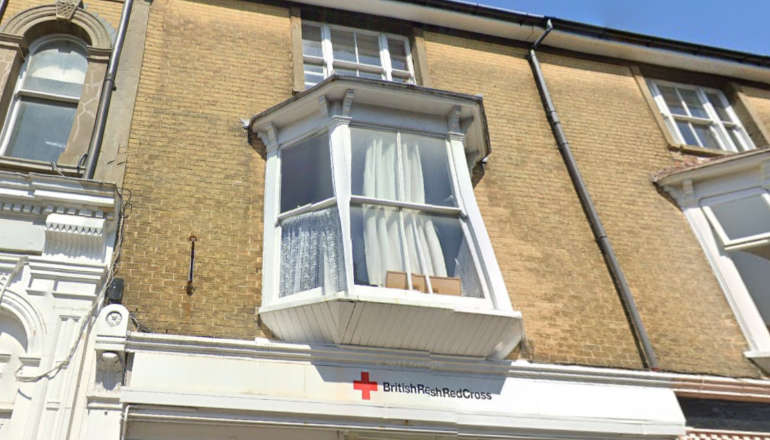 New Shanklin Flats Given Green Light
New Shanklin Flats Given Green Light
 Joe Robertson Appointed Parliamentary Private Secretary For Shadow Culture, Media And Sport
Joe Robertson Appointed Parliamentary Private Secretary For Shadow Culture, Media And Sport
 Shanklin Company Making Nuclear Waste Sorting Safer, Greener And Cheaper
Shanklin Company Making Nuclear Waste Sorting Safer, Greener And Cheaper
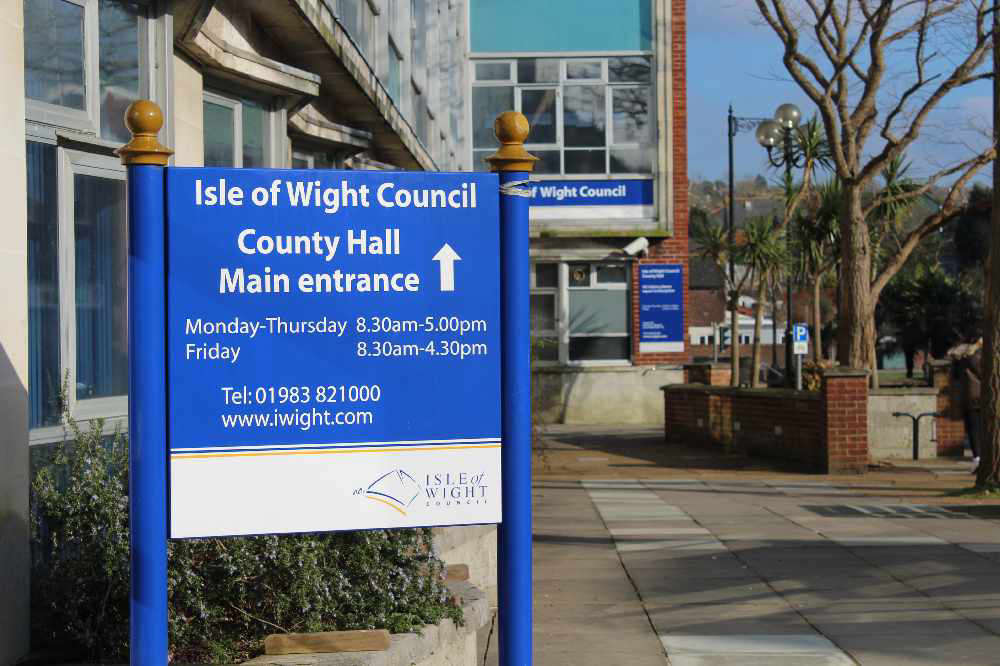 Five-Year Isle Of Wight Landscape Plan Decision On Horizon
Five-Year Isle Of Wight Landscape Plan Decision On Horizon
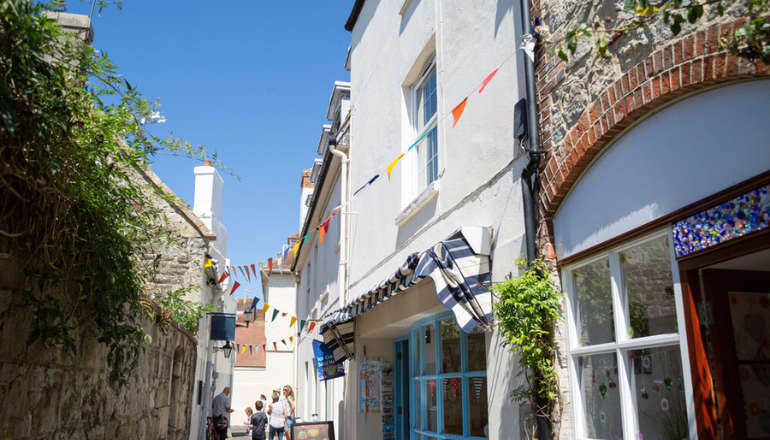 Help Sought For Isle Of Wight's Struggling Small Businesses
Help Sought For Isle Of Wight's Struggling Small Businesses
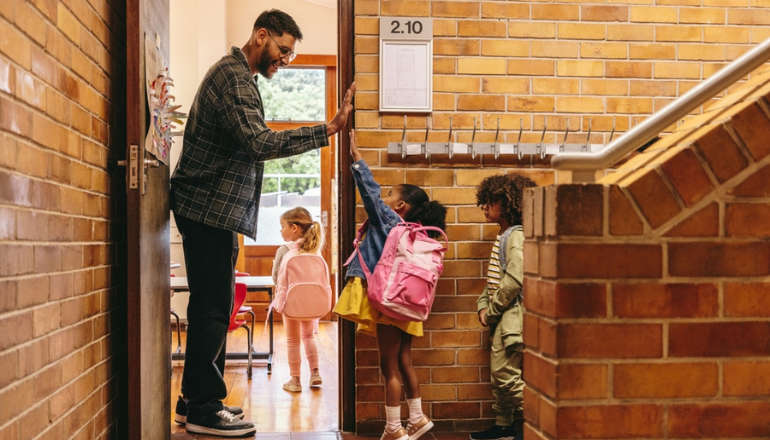 Primary School Admissions For September 2025 Now Open
Primary School Admissions For September 2025 Now Open
 Island Families Invited To Take Tour Of St Mary's Special Care Baby Unit
Island Families Invited To Take Tour Of St Mary's Special Care Baby Unit
 Work To Sink Three Boreholes At Leeson Road Due To Finish This Week
Work To Sink Three Boreholes At Leeson Road Due To Finish This Week
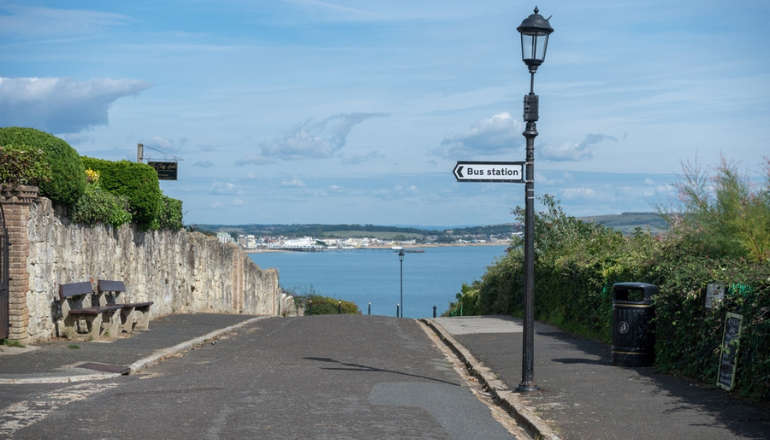 Emergency Works Underway To Repair Shanklin Culvert And Prevent Flooding
Emergency Works Underway To Repair Shanklin Culvert And Prevent Flooding
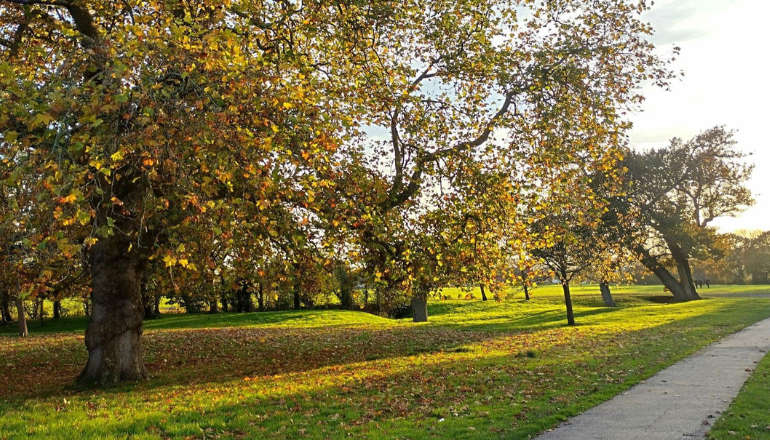 New Strategy For Tree Care On Isle Of Wight
New Strategy For Tree Care On Isle Of Wight
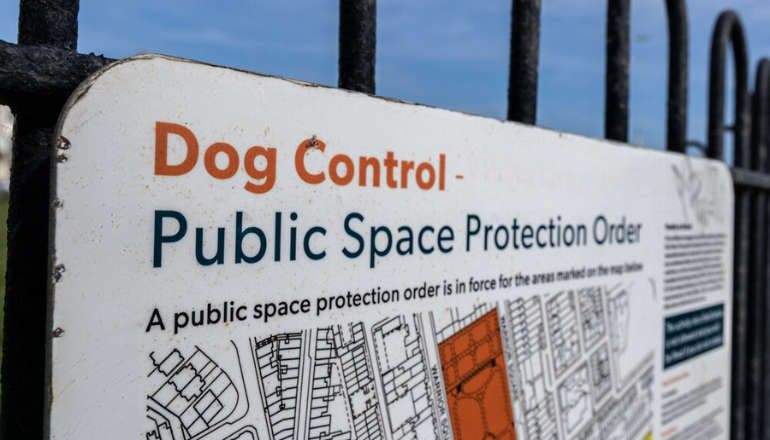 Public Spaces Protection Orders To Be Reinstated Across The Island
Public Spaces Protection Orders To Be Reinstated Across The Island
 Who Is Your Island Tourism Hero? Red Funnel's Isle Of Wight Award Nominations Open For 2025
Who Is Your Island Tourism Hero? Red Funnel's Isle Of Wight Award Nominations Open For 2025


